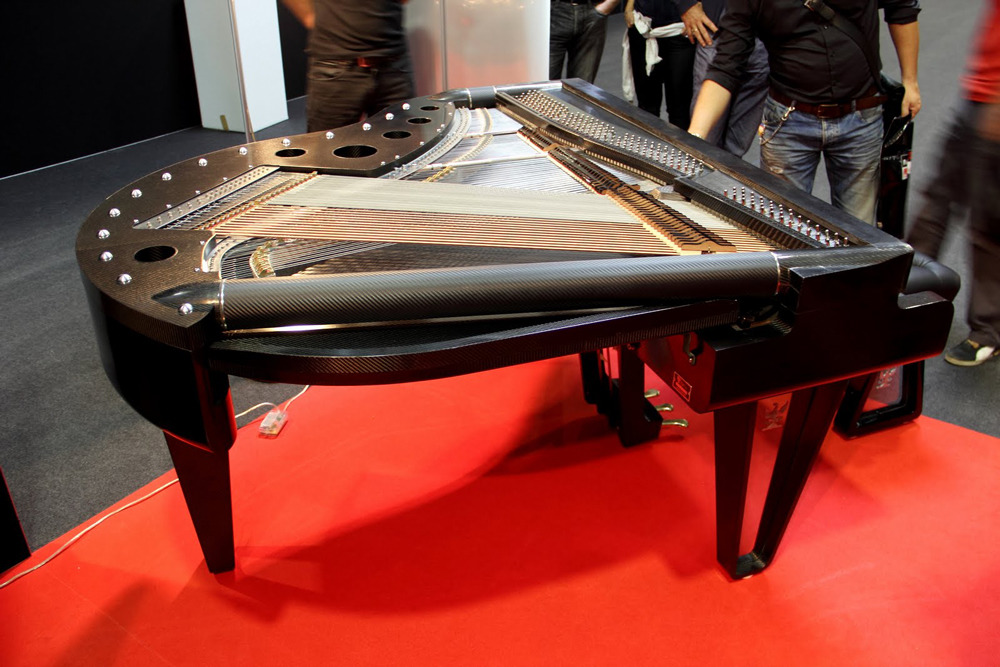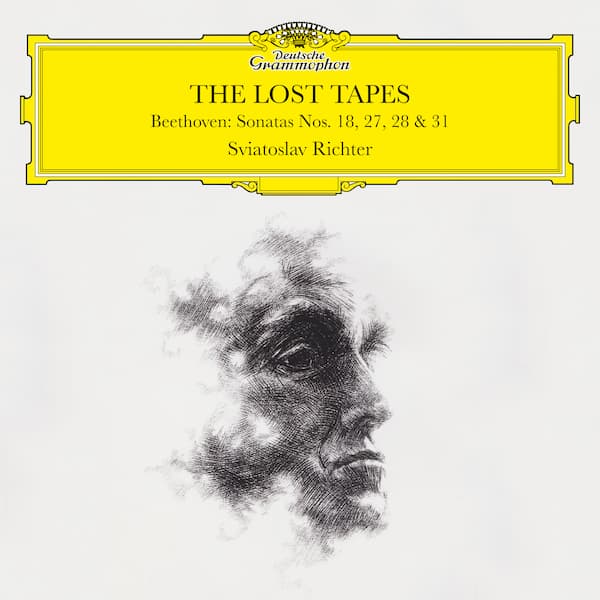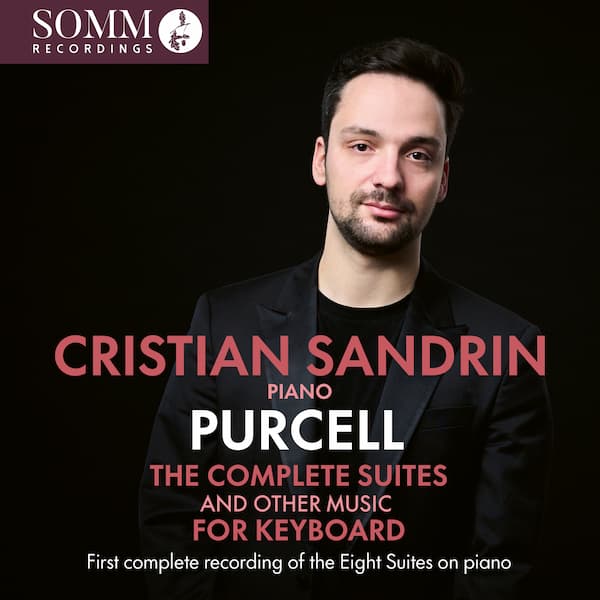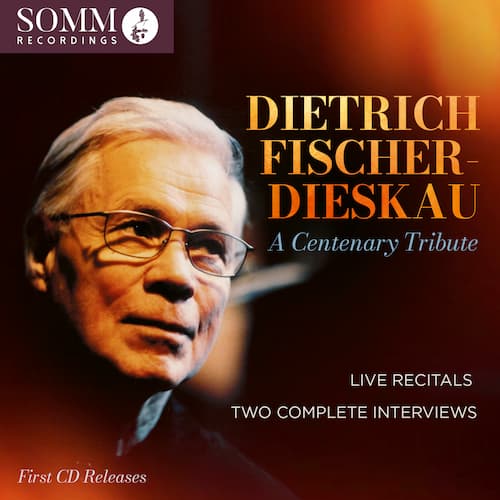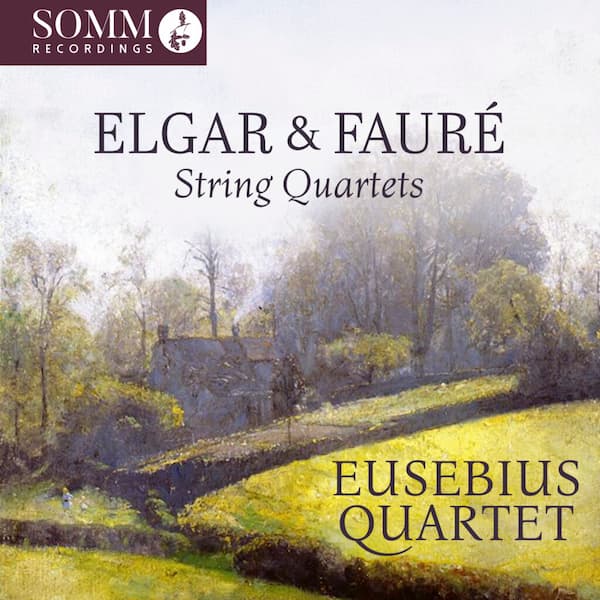
Vanessa Wagner
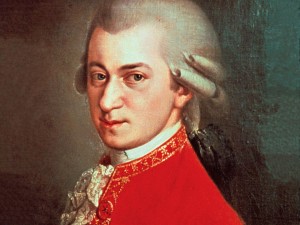
Wolfgang Amadeus Mozart, c. 1780 (Johann Nepomuk della Croce)

Brodmann 1814
When Ms. Wagner switches to the Yamaha piano for Mozart’s Piano Sonata No. 17, we hear the immediate change in sound, most particularly in the resonance and echo of the larger instrument. The runs seem less effortless – they still run, but the flow has changed.

Muzio Clementi
When she moves to the older composer, Clementi, first on the Brodmann, we again hear the thin sound of the early 19th century keyboard. But now we can also hear some of the subtleties of this piano. Each area of the piano seems to have a different feeling – a bright high voice, a reassuring middle voice, and a slightly fuller bass sound. This helps us differentiate between the voices more easily – the high melodies seem to sing above the middle and lower sounds.
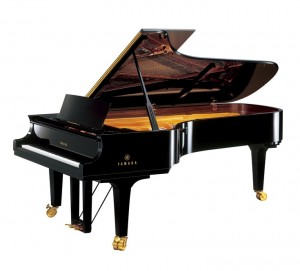
Yamaha CFX
On the Yamaha piano, the voices are more alike and much louder. It’s as though the shading of the earlier instrument has been stripped away like a varnish and now the music itself lies exposed.
Clementi: Keyboard Sonata in G Minor, Op. 50, No. 3, “Didone abbandonata”: IV. Allegro agitato, e con disperazione
Clementi was one of the great virtuosos of his day, and Beethoven regarded him as one of the finest sonata composers he knew. Clementi became known as the ‘Father of the Piano’ for his ability to write works that drew out the capabilities of the piano. That knowledge, tied with his own virtuosic playing, resulted in works that even the young Mozarts (Wolfgang and Nannerl) found difficult.
This lovely recording gives us a chance to contrast two near contemporaries – and two who in 1781 were actually paired against each other in a piano competition in Vienna. The competition, held by Emperor Joseph II on Christmas Eve, was declared a tie, but between themselves, the two pianists agreed that Mozart had ‘won.’
Discography


